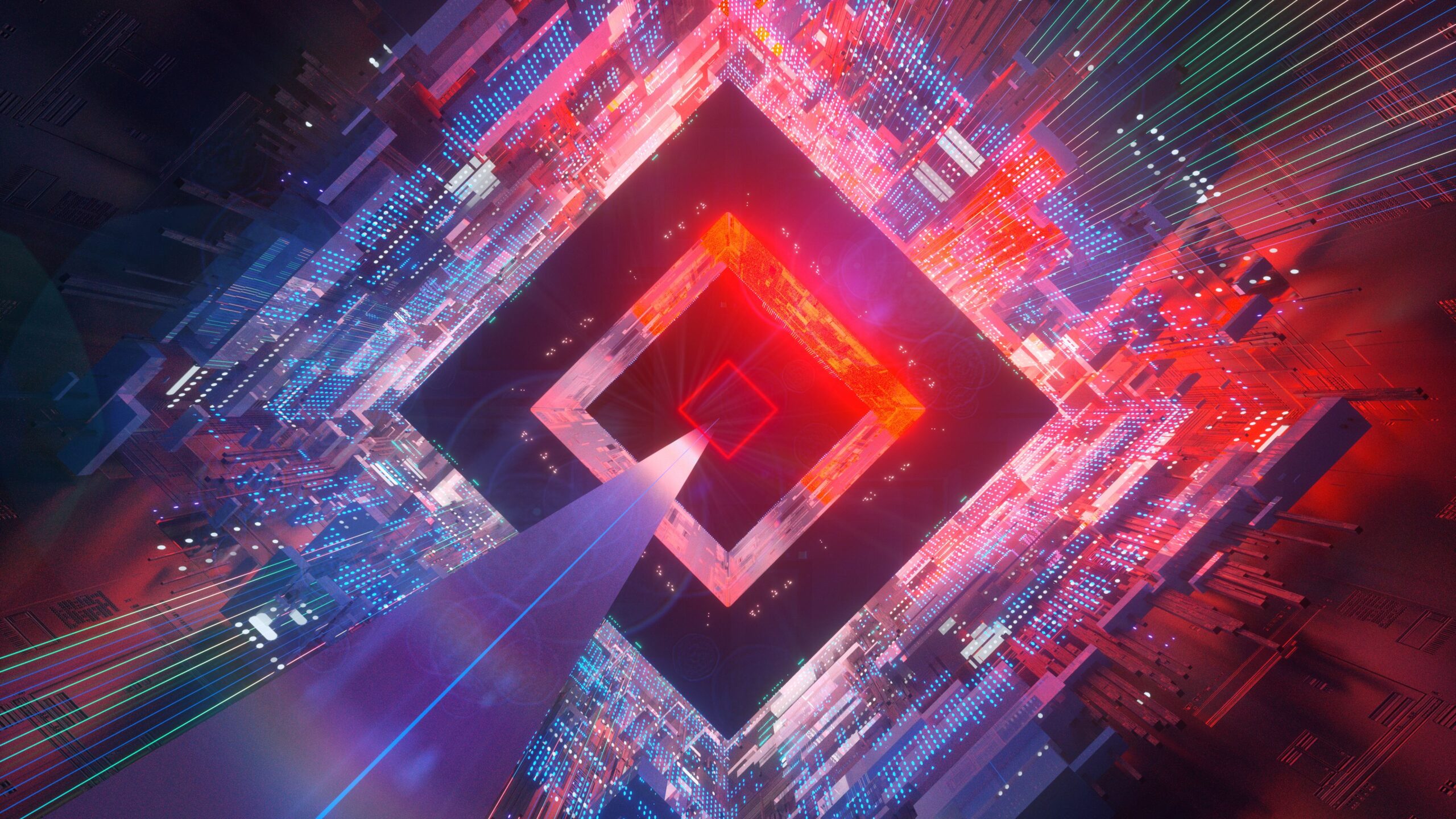A graphic designer is a creative professional who combines art, technology, and communication to convey messages, ideas, and information visually. Their work encompasses a wide range of mediums, including print, digital, and multimedia platforms. In a constantly evolving digital landscape, graphic designers play a crucial role in shaping the visual identity of brands, organizations, and products, as well as in enhancing user experiences and conveying complex concepts in a visually engaging manner.
At its core, graphic design is about visual communication. It involves using typography, imagery, color, layout, and various design elements to create visually compelling materials that resonate with a target audience. The primary goal is to communicate a message effectively, whether that message is promoting a product, conveying information, evoking emotions, or sparking interest. Graphic designers achieve this through a blend of creativity, technical skills, and an understanding of design principles.
One of the fundamental skills a graphic designer possesses is an eye for aesthetics. They must have a deep understanding of color theory, composition, balance, contrast, and typography. This enables them to create designs that are visually pleasing and easy to interpret. A graphic designer’s work extends beyond just making things look good; it also involves creating designs that guide the viewer’s attention, evoke specific emotions, and convey a specific tone or message.
In the digital age, graphic designers have adapted to various technological advancements. They use specialized software such as Adobe Creative Suite (including Photoshop, Illustrator, and InDesign) to create digital graphics, illustrations, and layouts. They also work with web design tools and coding languages to design and develop user interfaces for websites and mobile applications. Additionally, motion graphics software enables them to create animations and videos, adding a dynamic element to their skill set.
A critical aspect of a graphic designer’s role is understanding the needs and preferences of their clients or target audience. This involves effective communication and collaboration to gather information about the project’s goals, target demographic, and desired outcomes. Graphic designers then use this information to create designs that align with the client’s vision and resonate with the intended audience.
Branding and visual identity design are areas where graphic designers excel. They craft logos, color palettes, typography choices, and other visual elements that define a brand’s identity. Consistency is key in branding, as it helps build recognition and trust among consumers. Graphic designers ensure that a brand’s visual identity is coherent across various platforms, from business cards to social media profiles to advertisements.
Print design remains a significant facet of graphic design. Designers create materials such as brochures, posters, packaging, and magazines. They must consider factors like paper choice, print quality, and layout to ensure that the final product meets both aesthetic and functional requirements. This ability to create tangible, physical designs adds a tactile dimension to their skill set.
In the realm of digital design, user experience (UX) and user interface (UI) design have gained prominence. UX designers focus on creating seamless and intuitive interactions between users and digital products, while UI designers concentrate on designing the visual elements that users interact with. Graphic designers often collaborate with UX/UI designers to ensure that the design’s visual aspects enhance the overall user experience.
In conclusion, a graphic designer is a versatile and adaptable creative professional who blends artistic expression with technical proficiency to visually communicate messages, ideas, and information. Their work spans across various mediums, from print to digital to multimedia, and encompasses everything from branding to user interface design. With a keen eye for aesthetics, a deep understanding of design principles, and a mastery of digital tools, graphic designers shape the visual landscape of our modern world.

